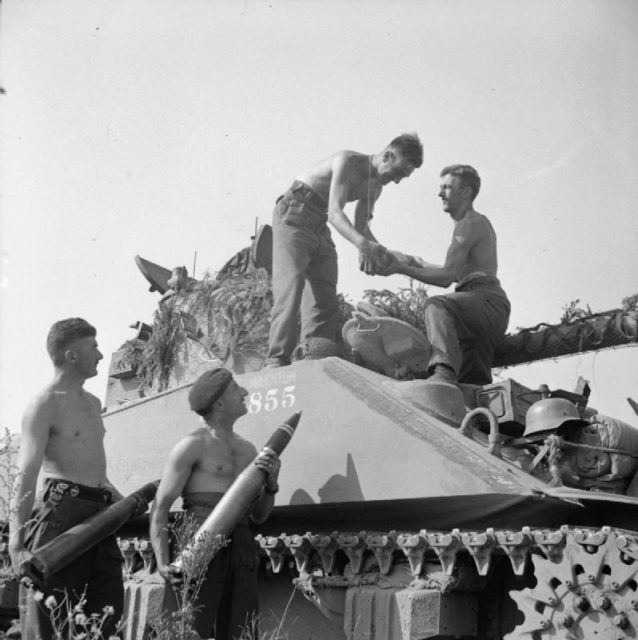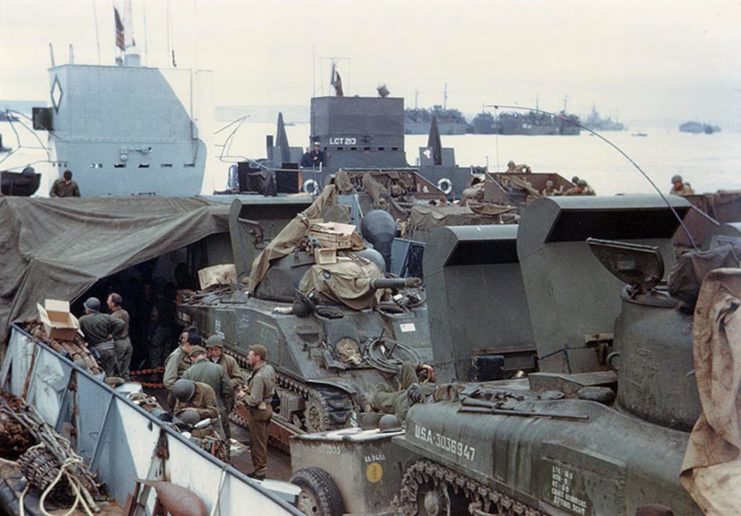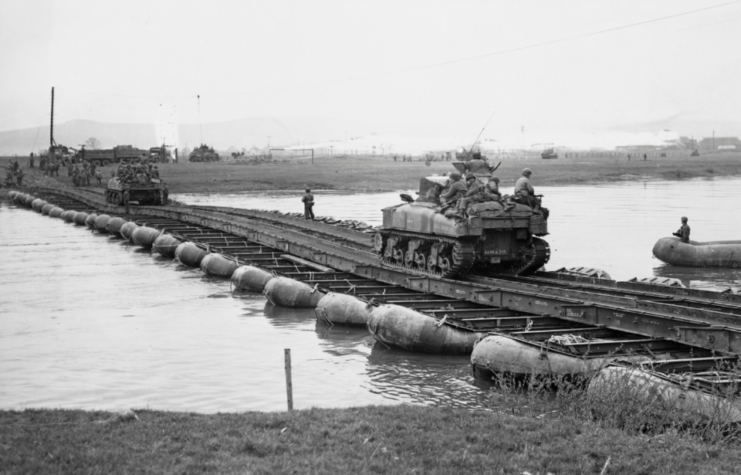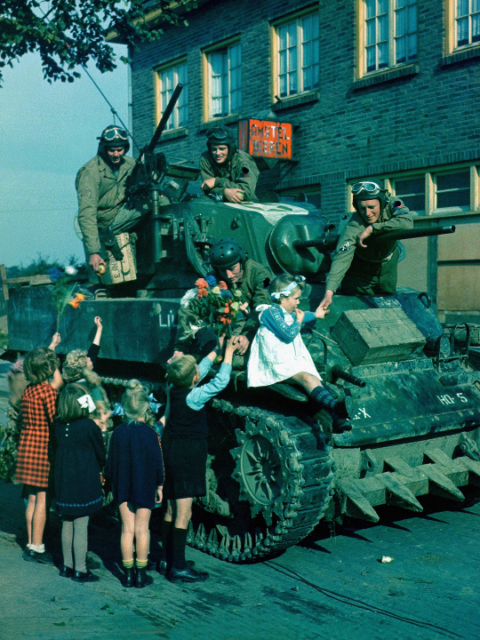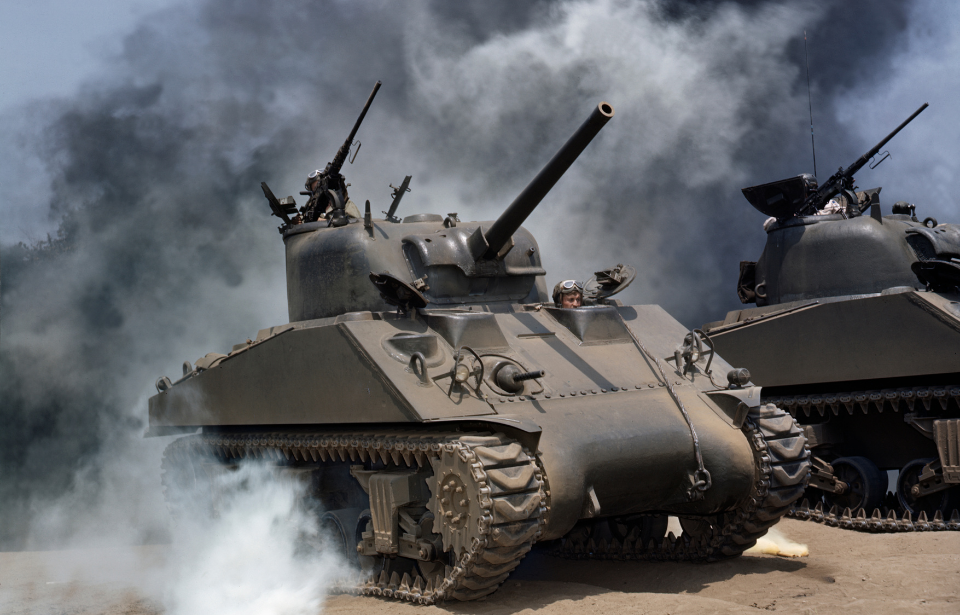The Sherman Tank: Reevaluating Its Reputation in World War II
The Sherman tank, alongside the German Tiger and Soviet T-34, stands as one of the iconic tanks of World War II. However, in the decades following the war, the Sherman’s reputation took a nosedive, often being labeled as the worst tank of the conflict. In this article, we’ll delve into whether the Sherman truly deserves such a reputation and explore the reasons why it could be argued as one of the best tank designs of WWII.
The Sherman and Its Infamous Reputation
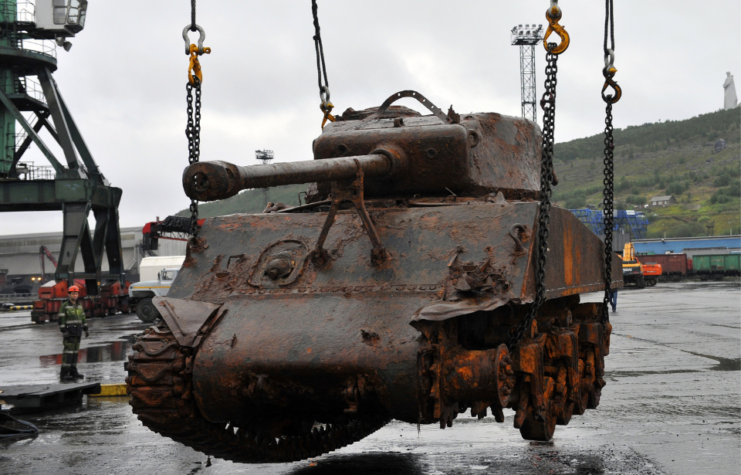
Critics of the Sherman often point to its shortcomings, but understanding the context and challenges faced by the Allied forces during the war is crucial. To begin with, tanks destined for Europe from the U.S. had to be transported across the Atlantic, imposing weight limitations. In contrast, Germany could transport its tanks across the continent by rail, affording them greater flexibility.
The Sherman’s detractors frequently highlight its vulnerability to heavier and newer German tanks. However, it’s important to remember that the Sherman was designed to be a well-rounded medium tank that excelled in various aspects.
Firepower
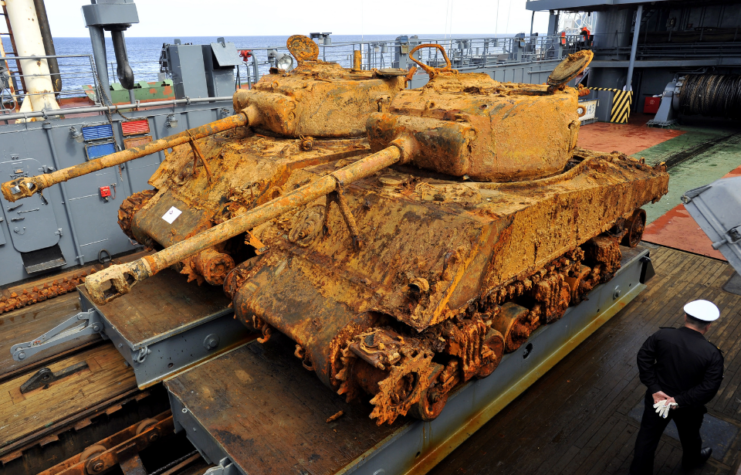
At the time of its design, the heaviest German tank was the Panzer IV, which had relatively modest armor. The Sherman, armed with a smaller 75 mm gun, could easily penetrate the Panzer IV’s armor from significant distances. Furthermore, the British adapted the Sherman to carry a 17-pdr gun with the Sherman Firefly, significantly boosting its firepower. The U.S. later followed suit with the 76 mm M1 gun.
Armor
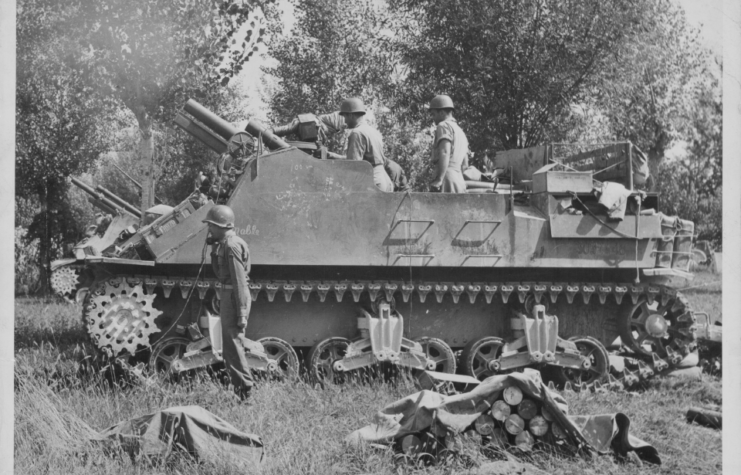
While the Sherman’s armor might appear lackluster on paper, it was well-designed. The frontal hull armor, angled at 56 degrees, effectively offered protection comparable to the Tiger I’s frontal armor. Studies even suggested that the Tiger I’s infamous 88 mm gun couldn’t penetrate the front of a Sherman if angled away by 30 degrees. Additionally, the Sherman’s side armor, though thinner than some counterparts, was still effective, especially when considering its maneuverability.
Fire Risks
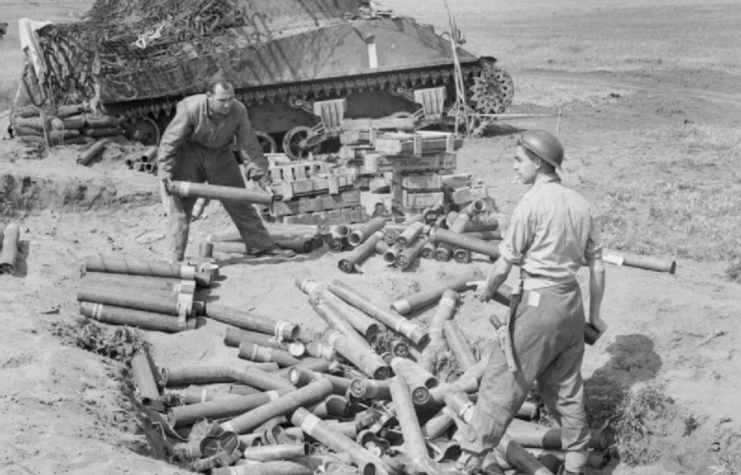
The Sherman’s reputation for catching fire when hit is often cited, but this issue was not unique to the Sherman. Many tanks of the era, including the T-34, Panzer IV, Tiger, and Panther, stored ammunition in vulnerable locations and used petrol engines, making them susceptible to fires. The U.S. attempted to address this problem by adding applique armor and wet ammunition racks, significantly reducing the Sherman’s vulnerability to fires.
Adaptability
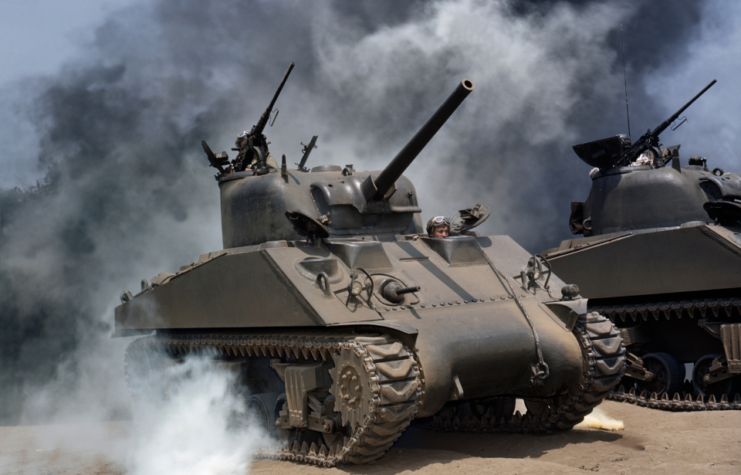
The Sherman’s design allowed for future upgrades, thanks to its large turret ring and spacious interior. This made it easy to incorporate better guns and improve crew comfort over time. Upgrades like the M4A3E2 “Jumbo” Sherman and the British Firefly showcased the tank’s adaptability.
Logistics
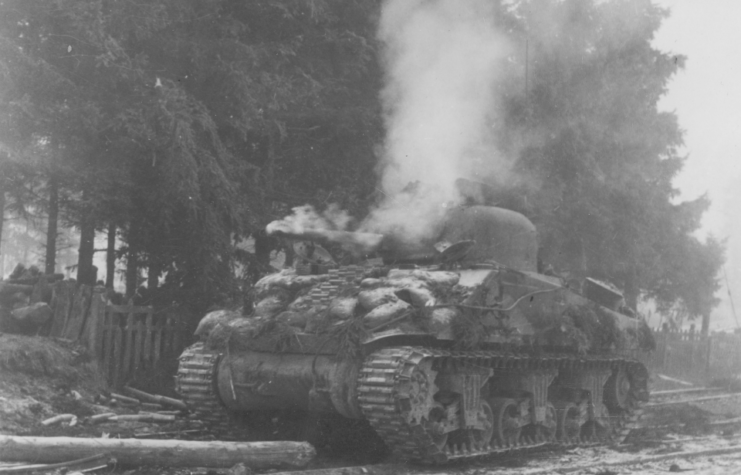
One of the Sherman’s unsung strengths was its logistical advantage. It was designed for ease of production, repair, and maintenance, using interchangeable parts. This made it possible for the U.S. to produce a staggering 50,000 Shermans during the war, far surpassing the German production of heavier tanks.

In conclusion, whether the Sherman deserves the title of the best tank of World War II depends on the criteria used. While it may not boast the most powerful gun or thickest armor, its adaptability, ease of maintenance, and sheer numbers produced make a strong case for its significance on the battlefield. The Sherman, with its well-rounded capabilities, deserves a reevaluation and a better reputation in the annals of military history.
